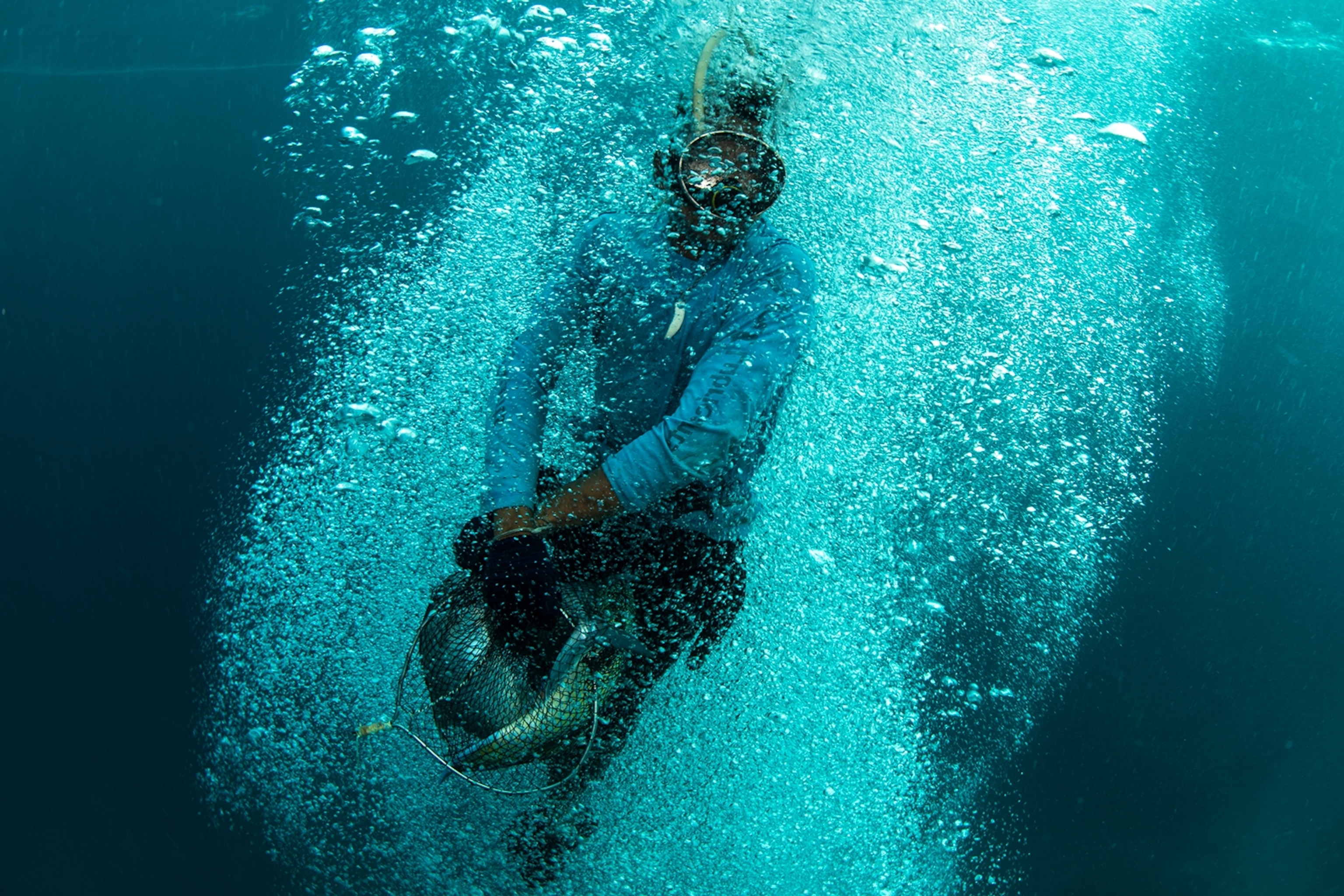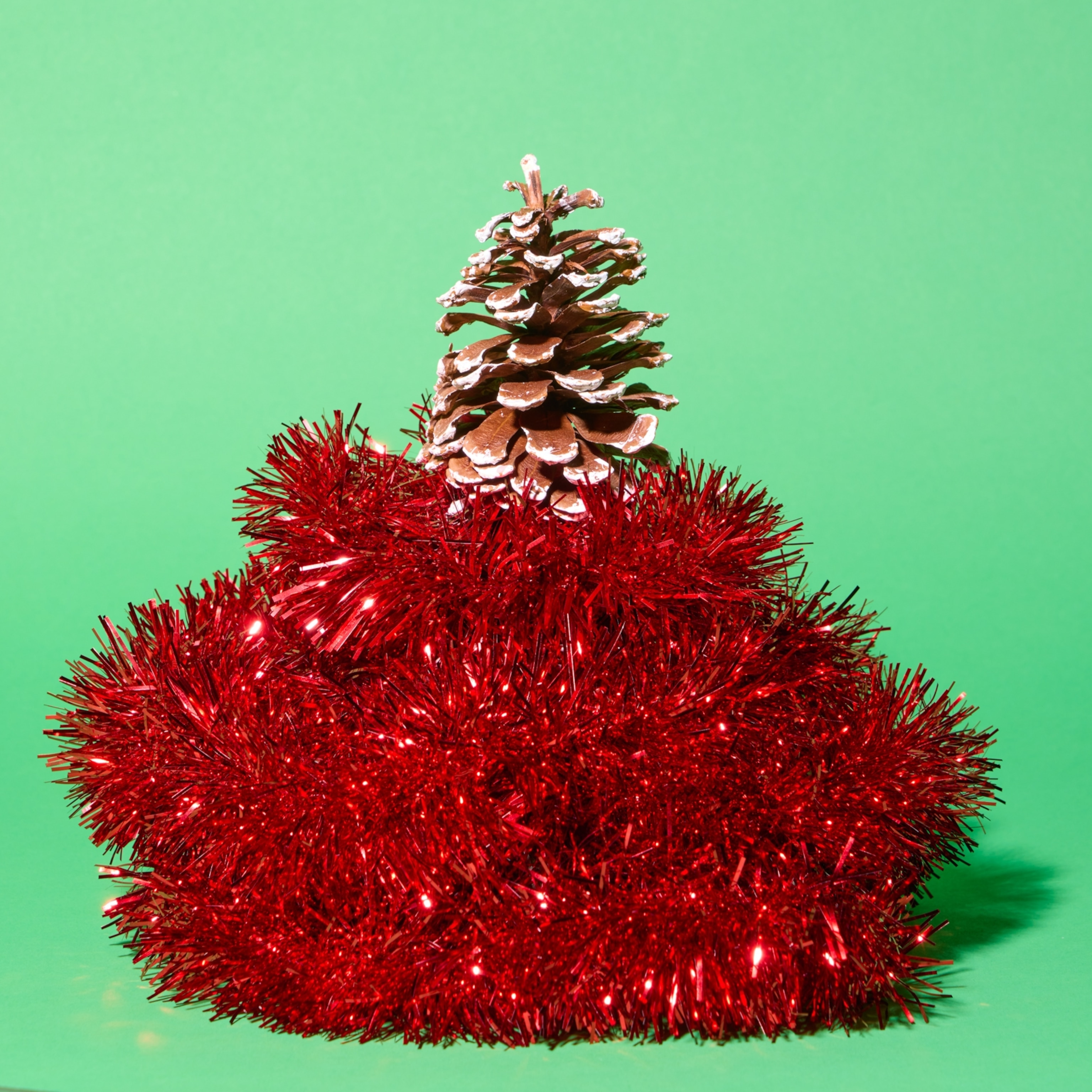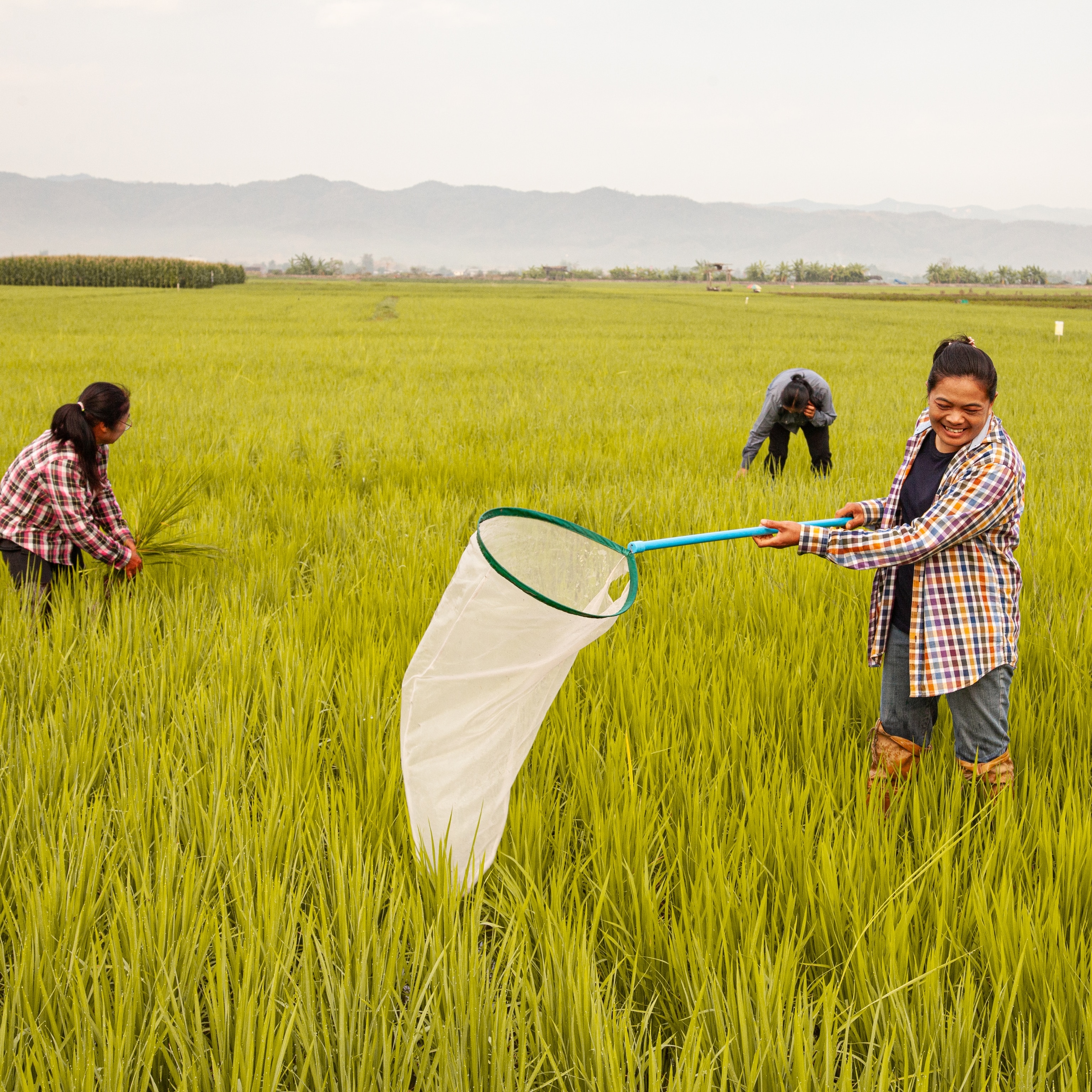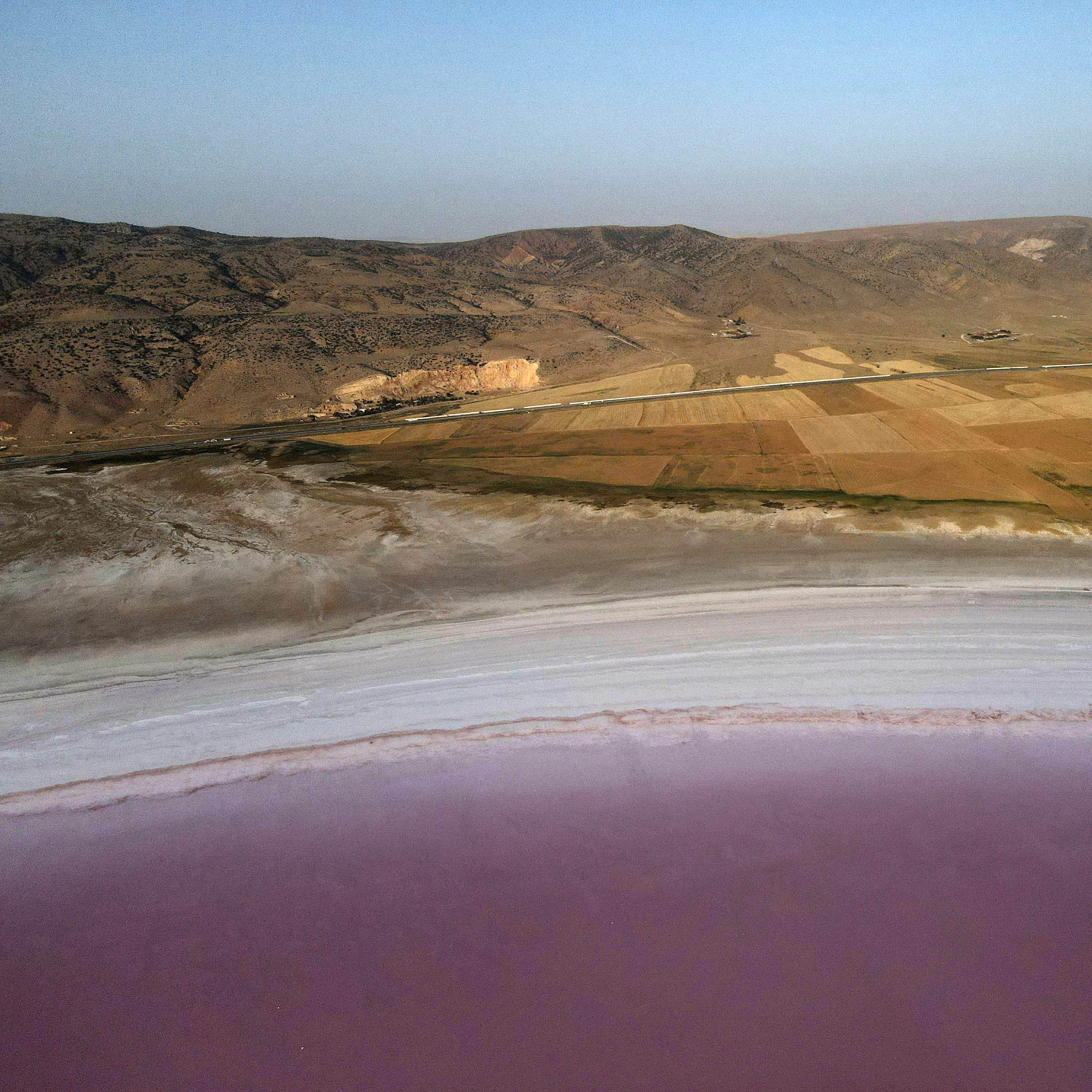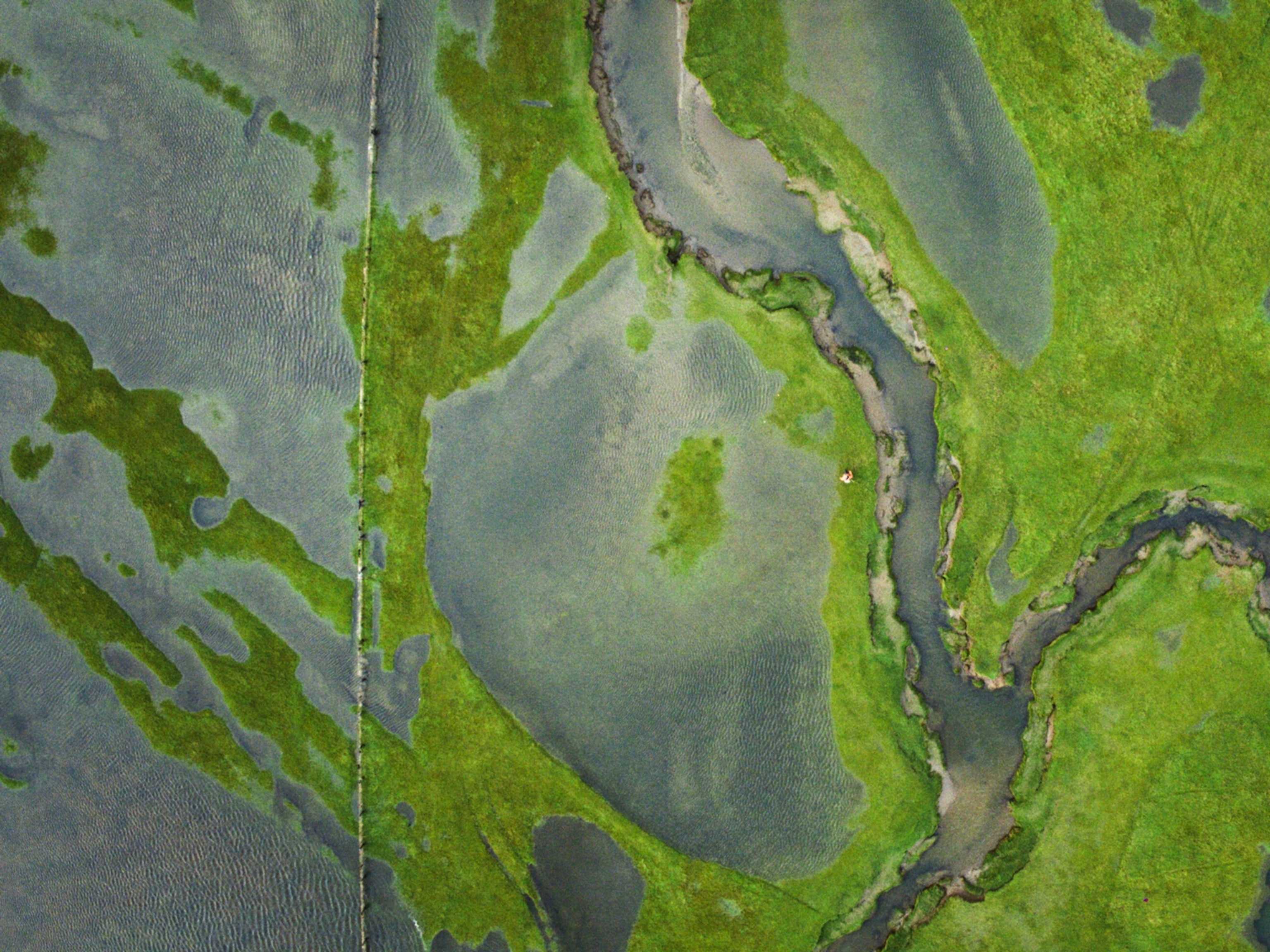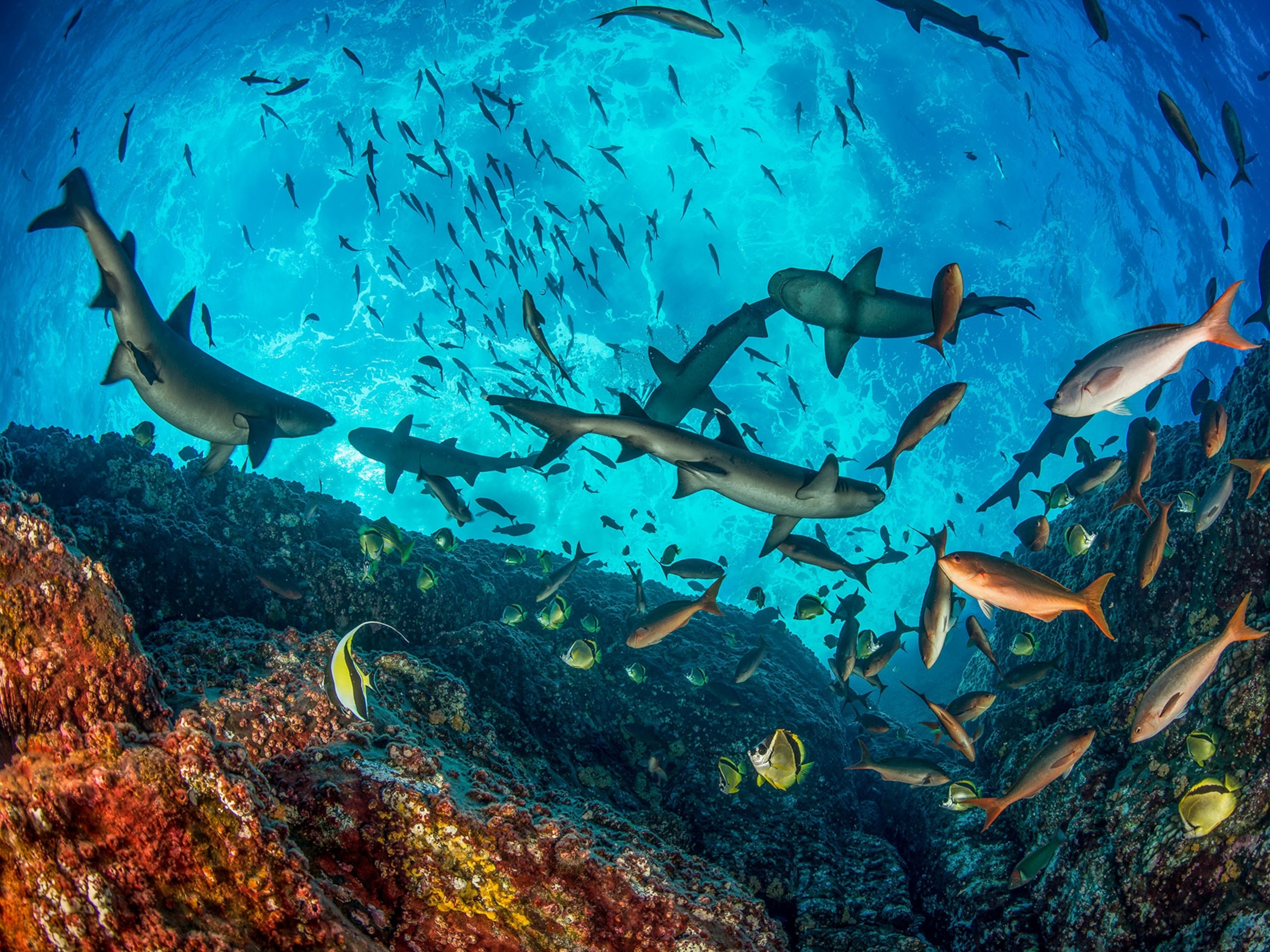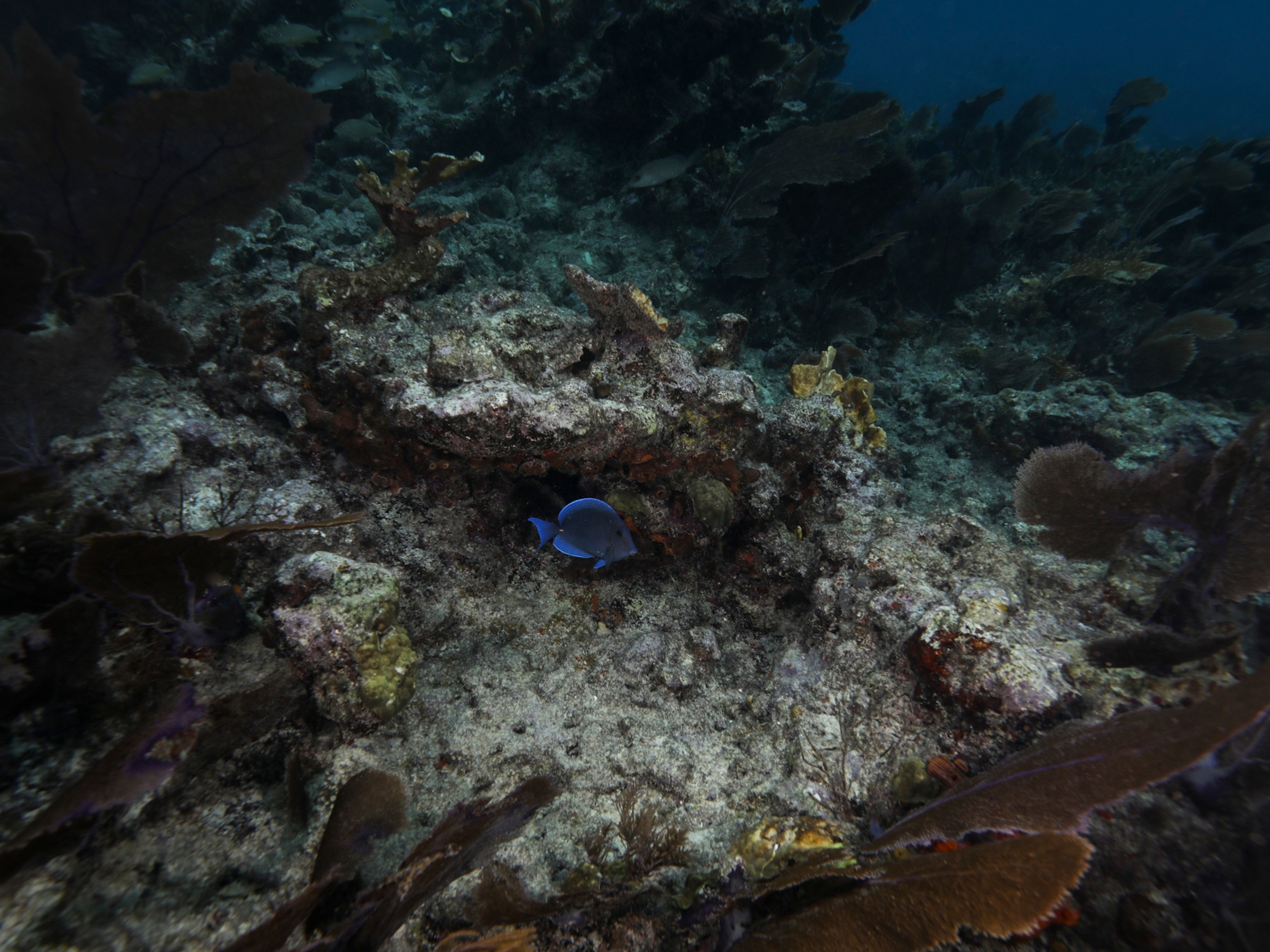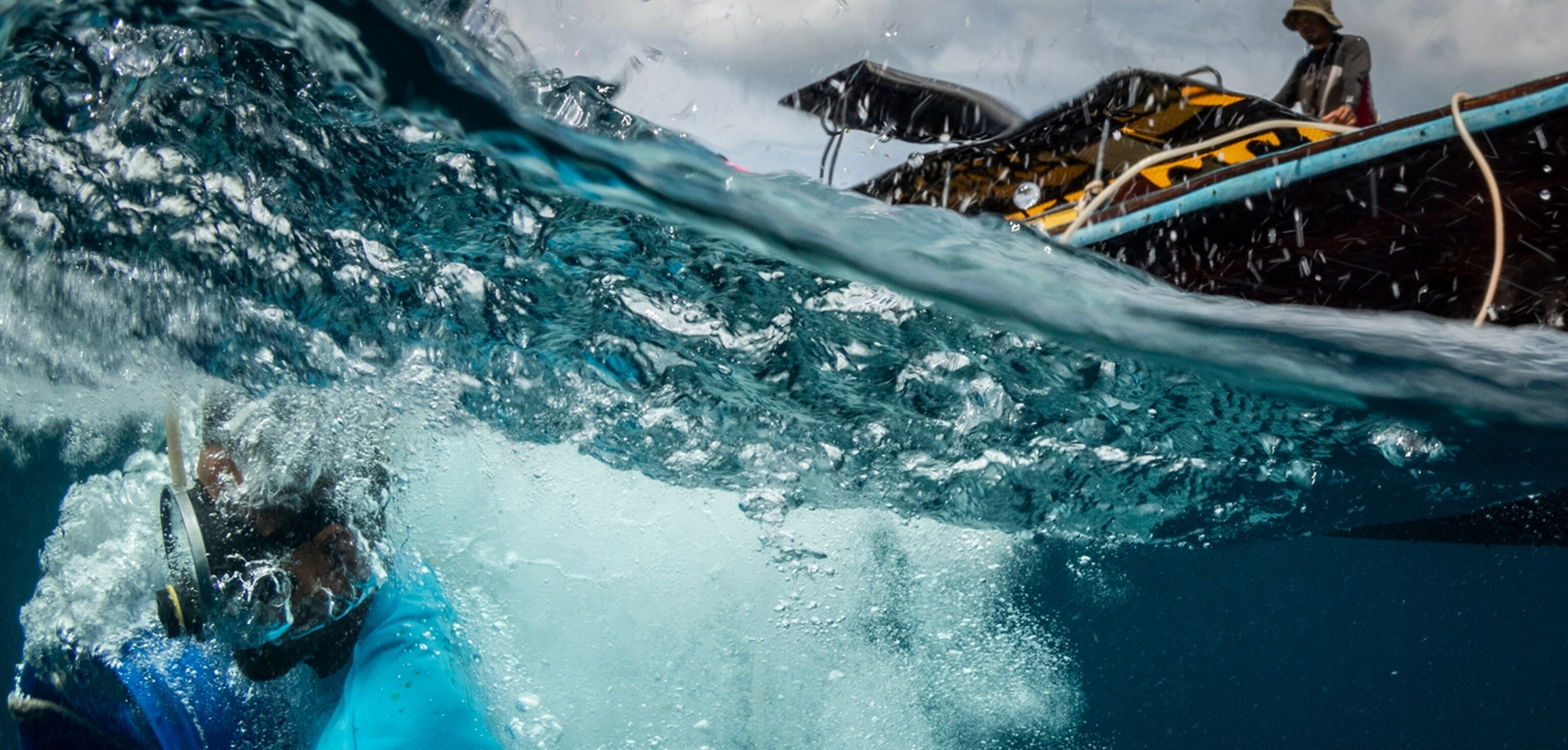
Thai fishermen and restaurants team up for sustainability
Fueled by a growing sense of eco-responsibility, demand for fish that are not caught by industrial techniques are on the rise.
The Andaman Sea is a special place to me. Before I became a full-time photojournalist, I completed a bachelor’s degree in Environmental Science, where I completed a thesis on community-based coral reef restoration techniques. I followed that up with a master’s degree in Ecology, and I studied shark fisheries run by Thai commercial fishing fleets. To this day, I still collaborate on research papers regarding conservation biology of sharks in Southeast Asia.
I ended up studying these fisheries’ effect on the shark population, and during that time recorded the disappearance and decline of many different shark species. That experience made me keenly aware of the importance of sustainable fishing practices, especially as demand for fish continues to grow in Thailand, especially as Thailand is also among the top exporters of seafood in the world.
(‘Salvation Fish’ That Sustained Native People Now Needs Saving)
In my latest trip to the area, I ended up spending some time in Lipe Island, located in the Adang-Rawi Archipelago. The island is in the southernmost part of the Andaman coast of Thailand, near the border of Malaysia.
I initially went there to try to capture a photo of the seasonal aggregation of whale sharks, but also ended up getting to know a fascinating group of local fishermen from the Urak Lawoi ethnic group who are known as the “sea people” in Thai. I’d heard about some fishermen who had been supplying exotic fish to Bangkok’s restaurants and wanted to learn about their story.
I’d heard that there was a particular fish handler named Chanwut Buamas who had a connection with both the Urak Lawoi and the restaurants in Bangkok, and went searching for him. He helped me get to know the fishermen, who are normally quite guarded and difficult to approach.
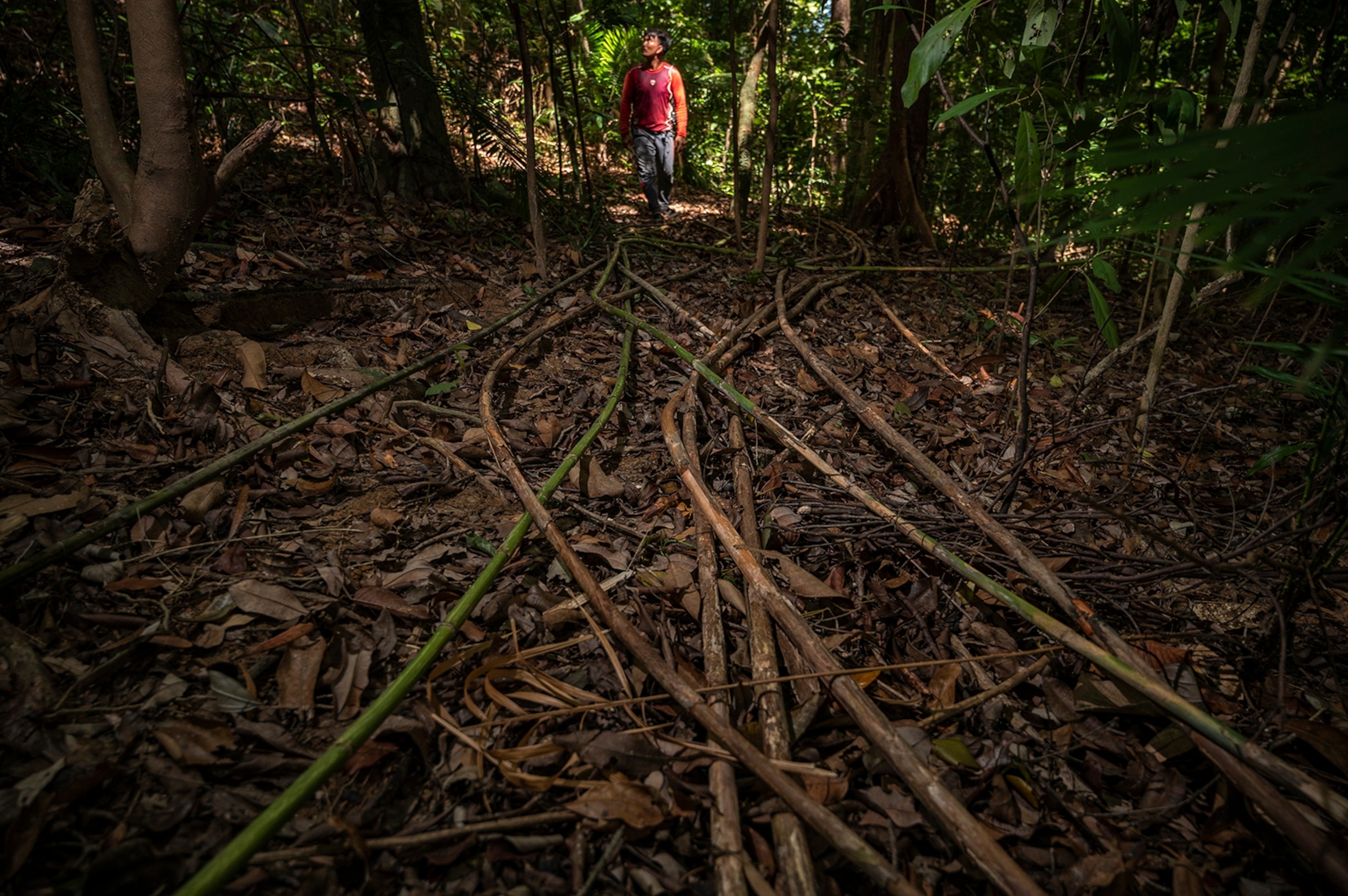
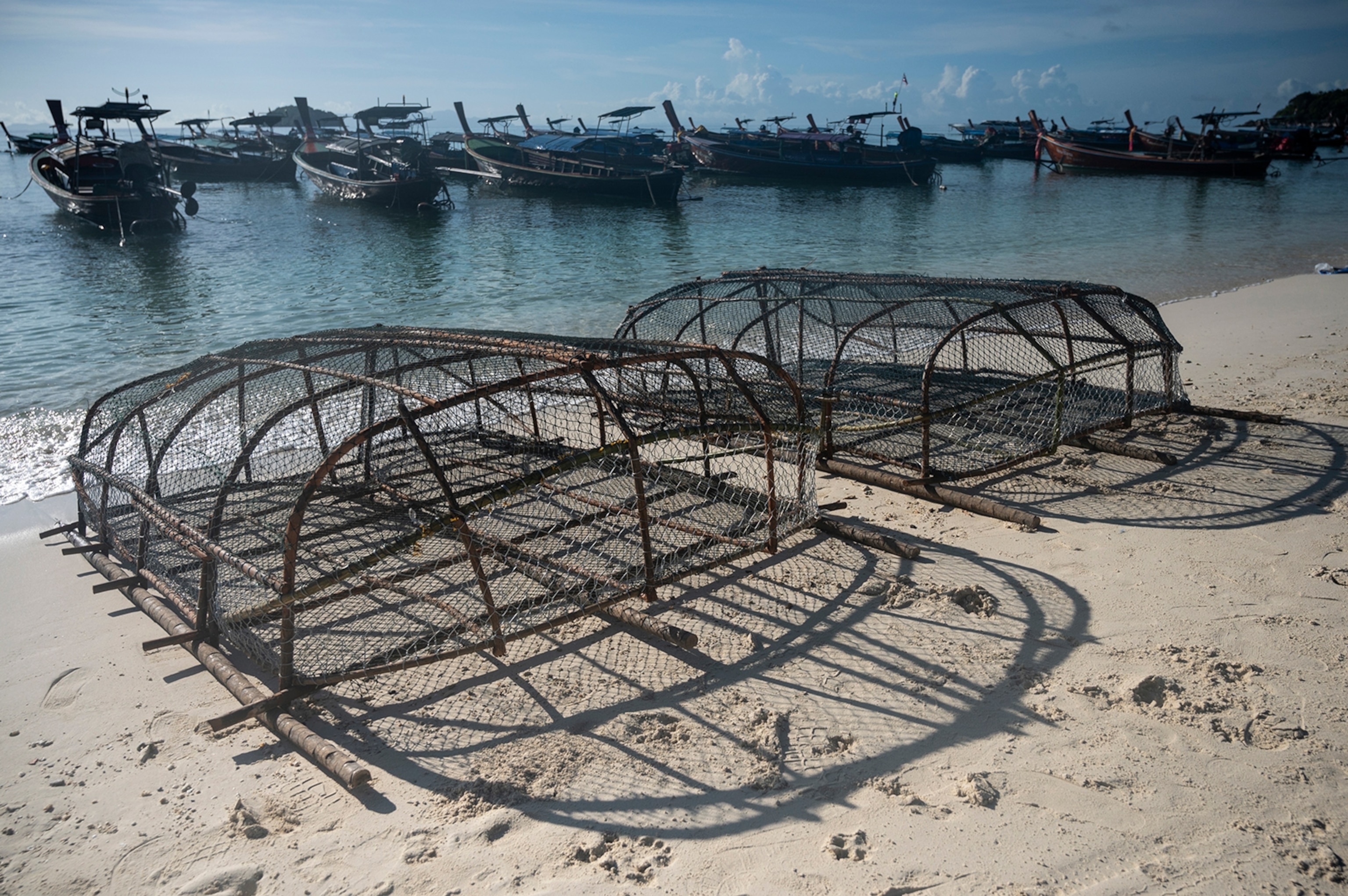
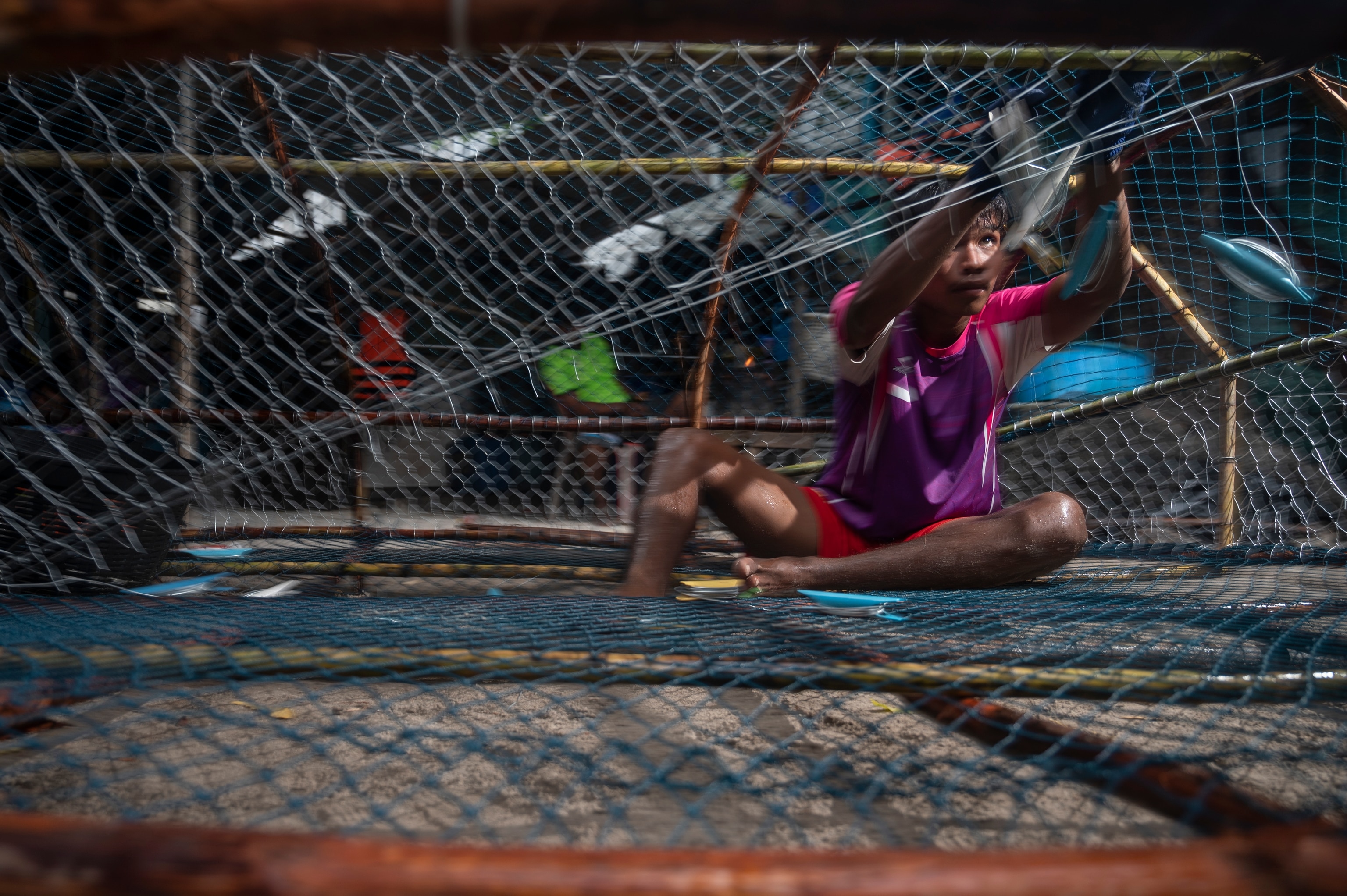
Understanding the Urak Lawoi's techniques
I was particularly interested by their unique method of fishing because they use techniques that are very different from industrial trawling, which is the most prevalent method of fishing in Thailand now.
The Urak Lawoi fisherman use handmade fishing cages made of wood and metal that are designed to catch specific fish. Their traps generate less bycatch than industrial trawling, which allows them to earn a living through fishing without causing too much damage to the environment.
While it’s easy to assume that the Urak Lawoi’s methods are more sustainable, I felt it was important to get a scientific opinion. That’s why I spoke to Petch Manopawitr, a conservation scientist from the Wildlife Conservation Society. These are his thoughts on the Urak Lawoi’s methods:
“It is not a simple thing to say whether they are sustainable because we don’t yet have the data to back it up. But I think their fishing methods have the most potential to be sustainable because they are naturally selective and can certainly be managed towards sustainability.”
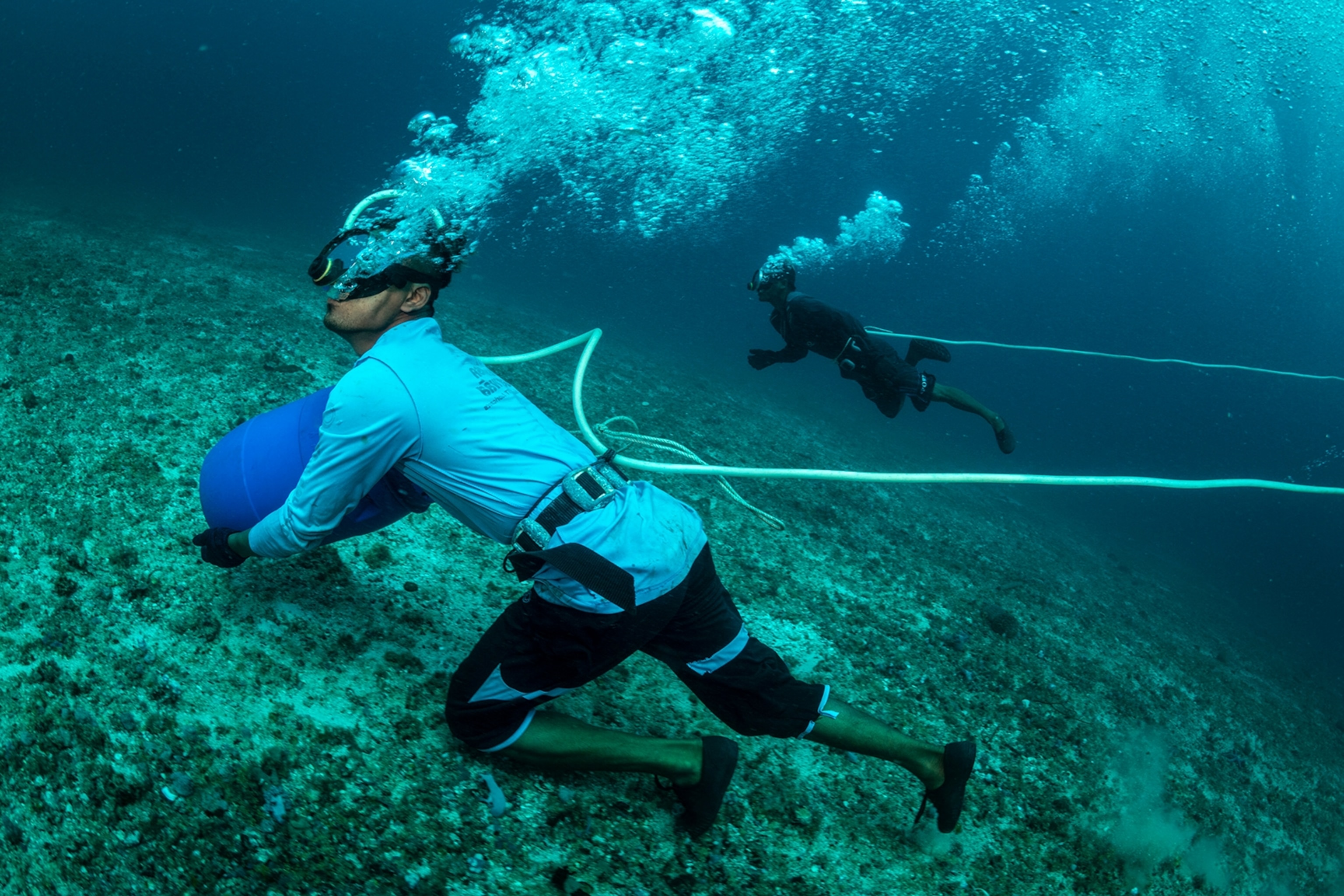
Manopawitr also added, “Trawling is very destructive and a lot worse in terms of bycatch. The Urak Lawoi’s cage fishing method can lead to small bycatch but with the help of marine biologists I believe we can reduce this even further.”
With my background in marine biology, I’m aware of the importance of both ensuring that the fishermen continue to earn a good living while also balancing their effect on the environment. That’s why I’m now trying to bring more scientists to the area to study the Urak Lawoi’s methods to get a better understanding of what long-term effects local fishing could have on the area, should the currently small industry scale up.

What does the future hold for the fishermen?
The Urak Lawoi are now seeing additional prosperity because of an unlikely partnership with some of Thailand’s high-end restaurants. Thanks to relationships with fish handlers like Buamas, these establishments have increased their usage of local fish – much to the delight of diners.
I can personally attest that the fish caught around Lipe Island are delicious, even when prepared simply.
According to fish handler Buamas, there’s plenty to like about the fish found around the Adang-Rawi archipelago.
“The local fishes here around Adang-Rawi archipelago are very well-nourished and are of a good quality, as these islands are in very good condition with pristine marine habitats, nutrient-rich waters, and minimal pollution,” shared Buamas. “I most proud of introducing the goatfish (Parupeneus spp.) to these restaurants because not many people saw value in this breed in the past, even the locals.”
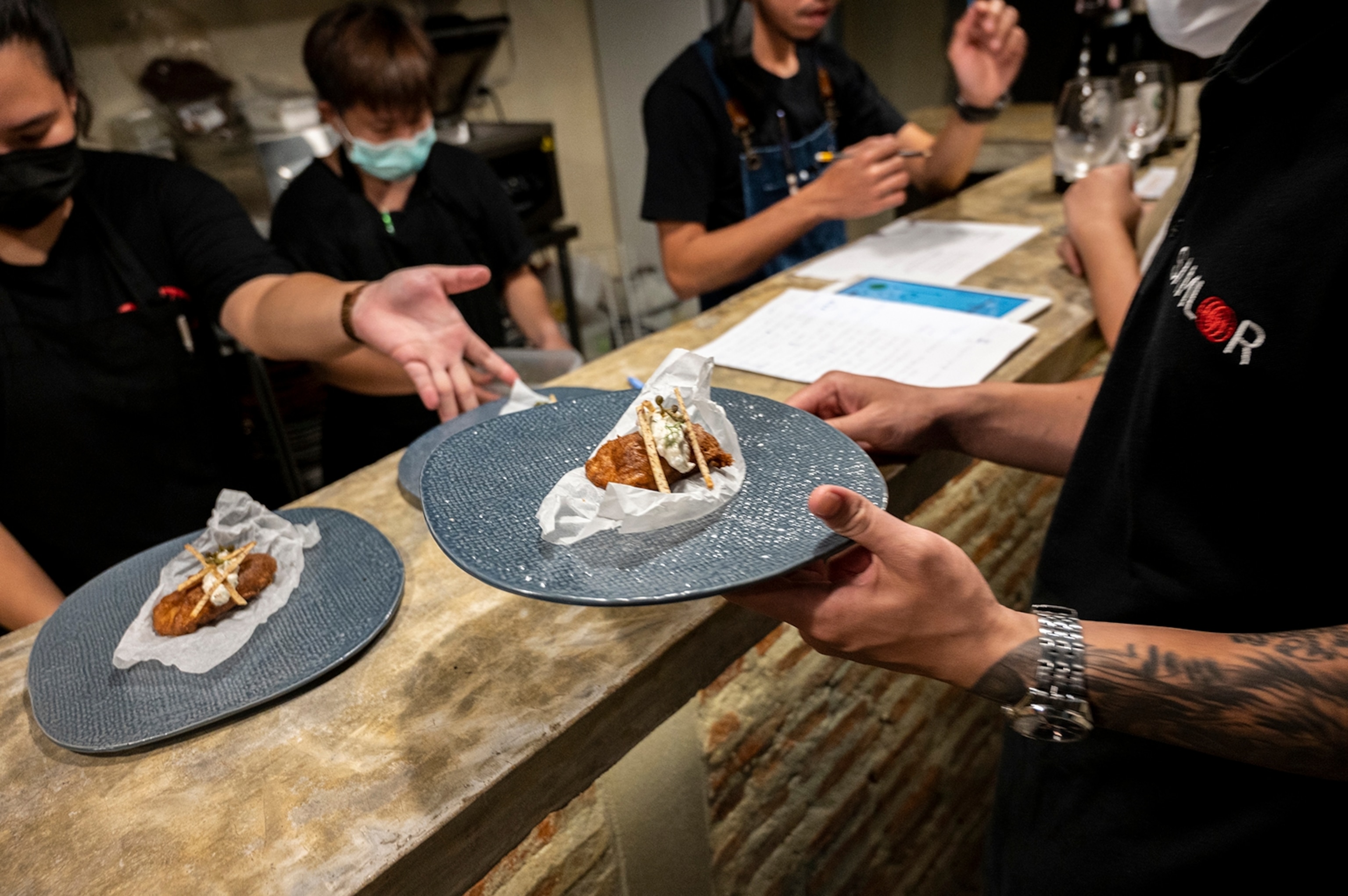
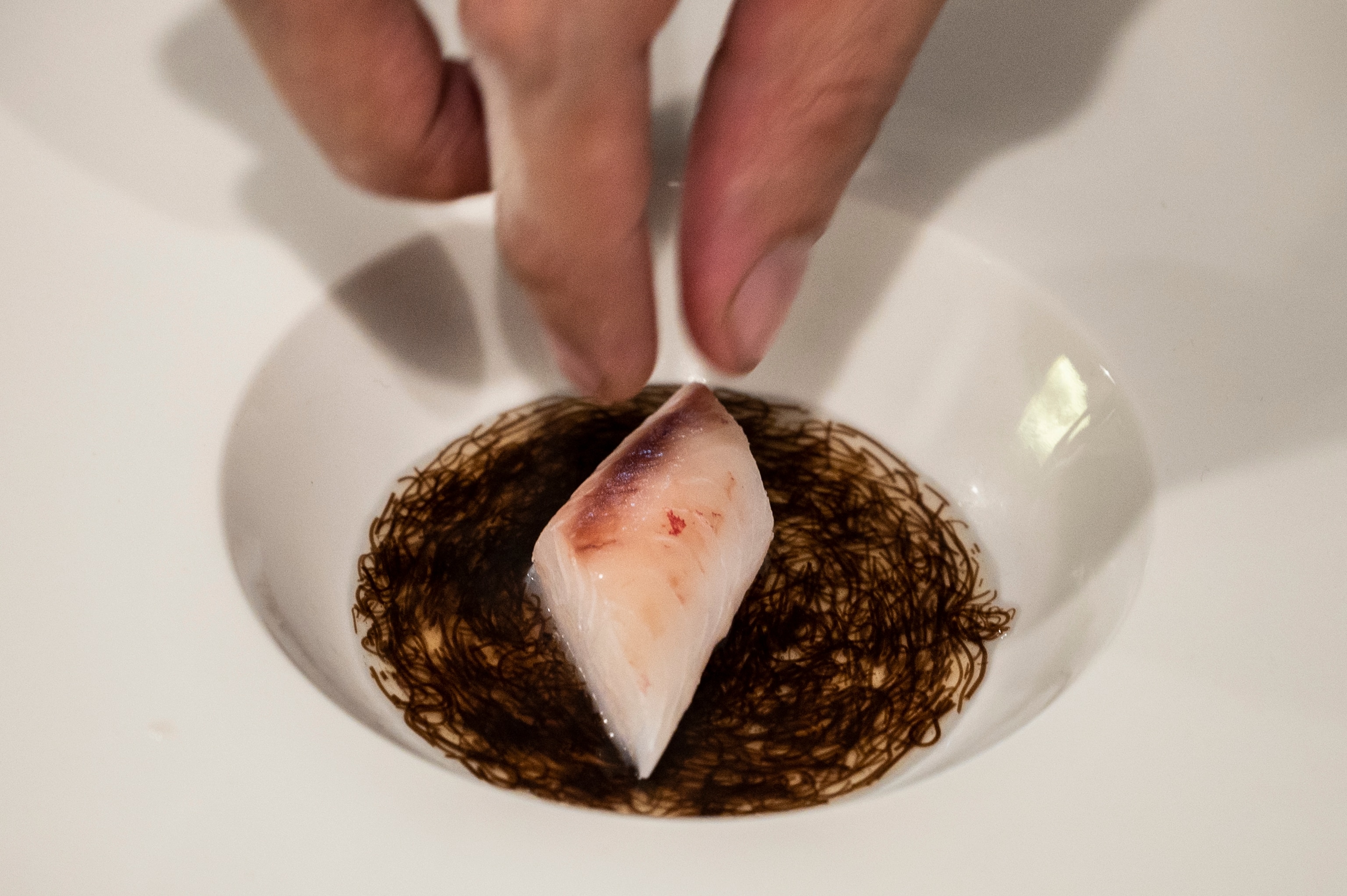
“Diners have been surprised at the variety and quality of local native fish, compared to what they’ve eaten before,” shared Napol Jantraget, a Chef and partner at one of Bangkok’s high-end restaurants. “It has been exciting for me and my team as we believe that our local, native ingredients are as good as anywhere else in the world. It is our job to find them and find our best way to prepare them.”
Goatfish have indeed become a popular breed with chefs and diners. High-end restaurants use everything from the head to the tail through multiple courses, resulting in minimal wastage, and this practice has been well-received.
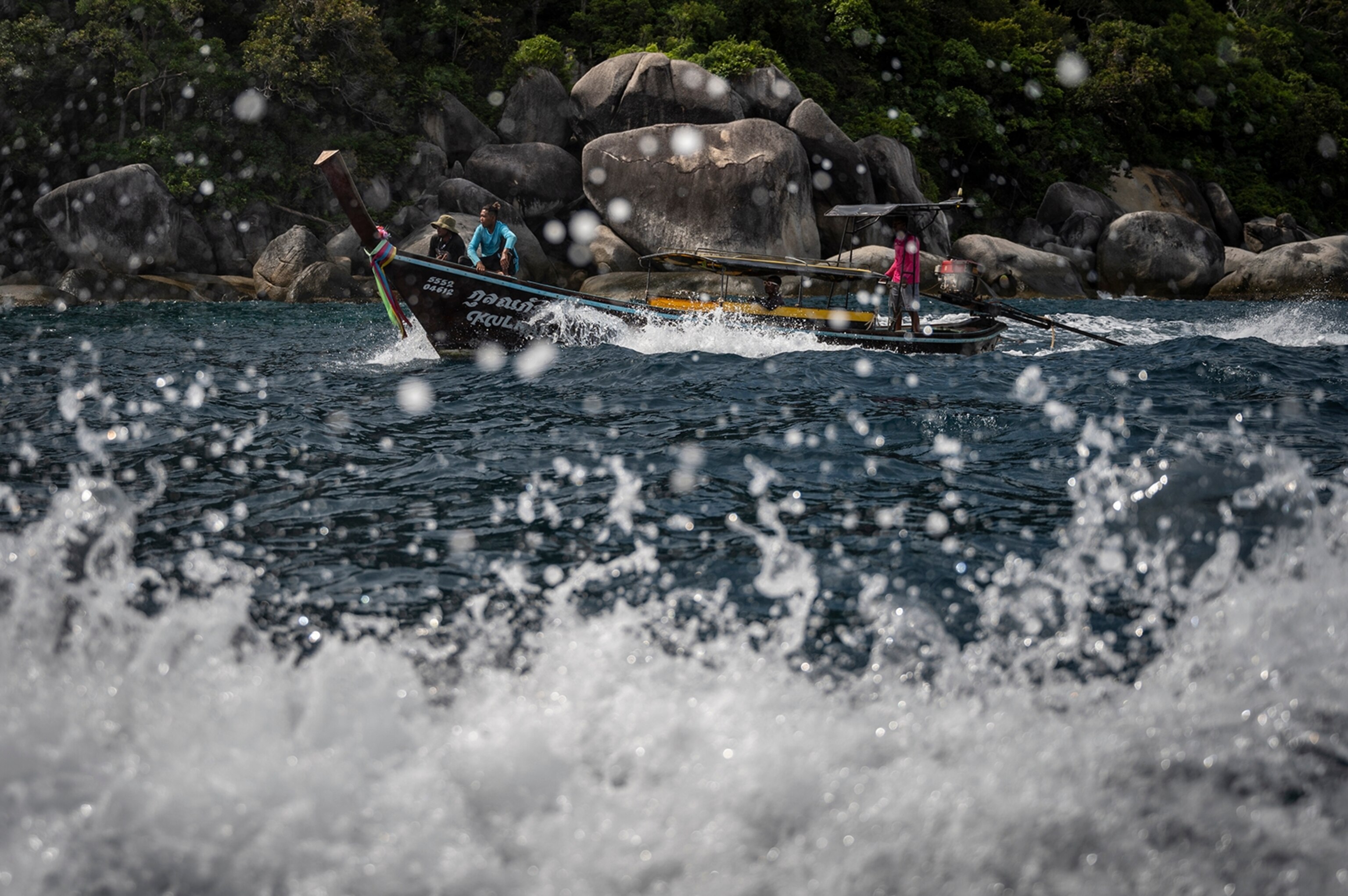
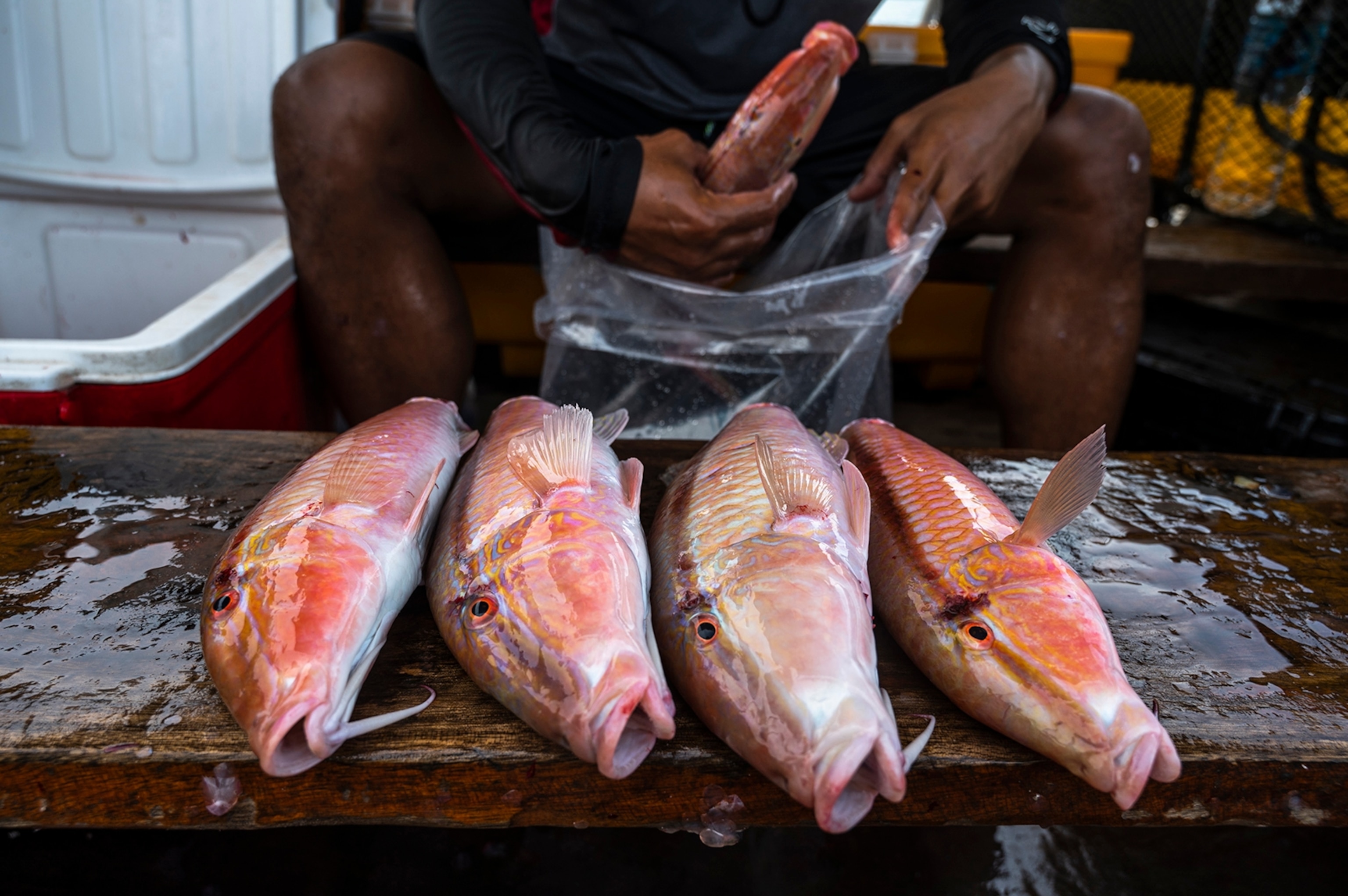
A need for more studies
Of course, just because the Urak Lawoi’s methods are currently assumed to cause less damage than commercial fishing, there are always risks when industries scale up. The increased demand has doubled or even tripled the income of the Lipe Island fishermen, which could potentially cause their fishing activity to increase over time.
Jirapong Jeewarongkakul, a biologist from the Enlive foundation, shared some thoughts with me about the future of the Urak Lawoi’s fishing efforts:
“In the case where there is increasing fishing efforts by Urak Lawoi to supply the restaurants in Bangkok, it would still be considered as sustainable, especially when compared to most of the commercial fishing here. ”
There will need to be a balancing act between ensuring that the people of Lipe Island have a good income while also not drastically changing their effect on the environment. However, increased support of sustainable fishing practices is becoming one of the methods that the people of Thailand use to showcase their love for nature.
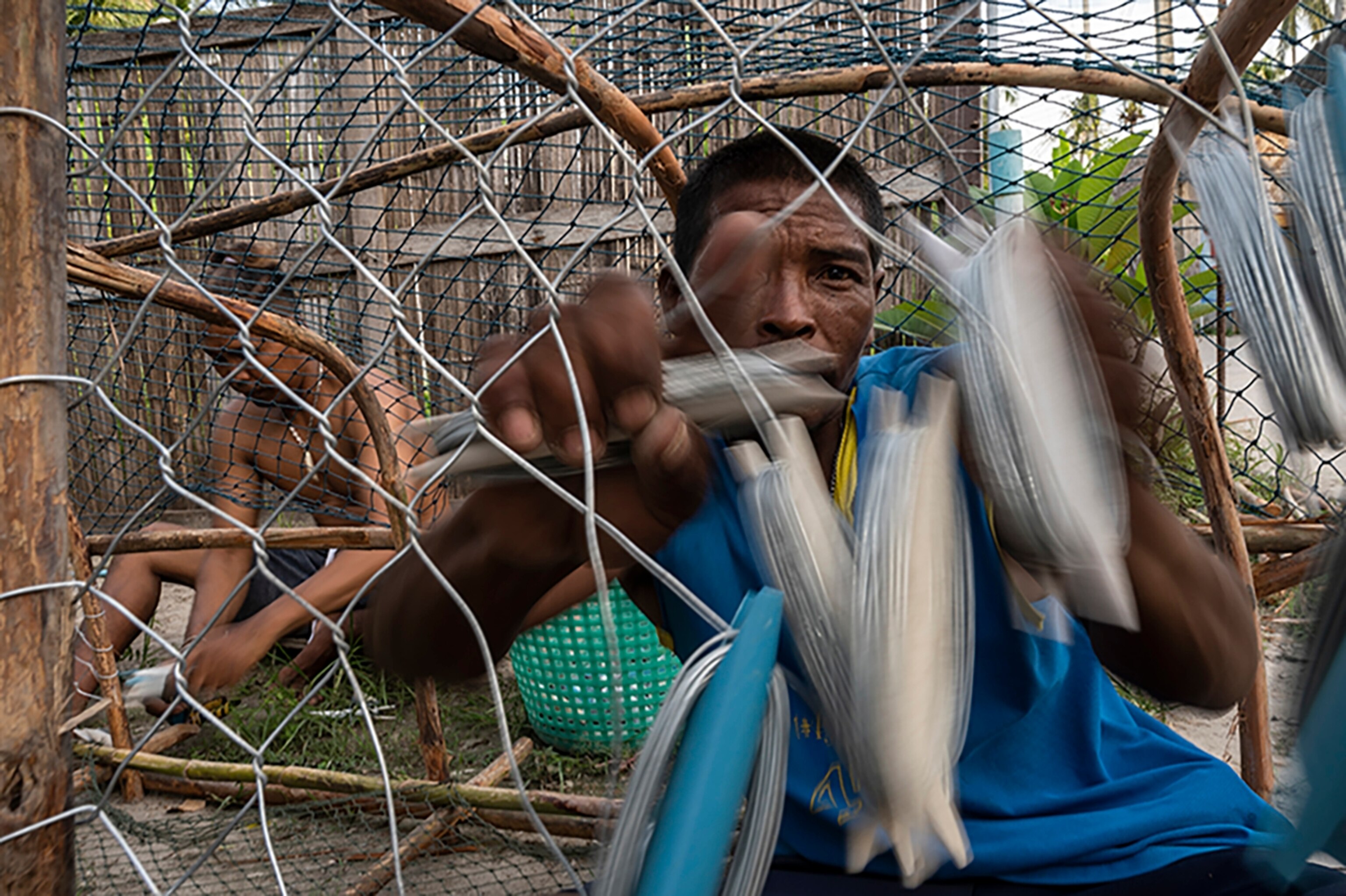
The future of that industry looks bright, and I feel that it can be nurtured further by a growing relationship between scientists and the Urak Lawoi. The locals have a generational understanding of how the schools of fish move around in the area and have a great respect for how the bountiful sea provides them with a living.
It's heartening to see that people are being far more receptive to the concept of sustainability when it comes to dining. It takes a combined effort from businesses and individuals, and everyone has a part to play.
A healthier aquatic environment helps everyone from local communities to business owners, and I hope that things continue to trend upwards. Thailand is starting to put a lot more focus on sustainability from both and industrial and a tourism standpoint, and this is something that I find truly exciting.
